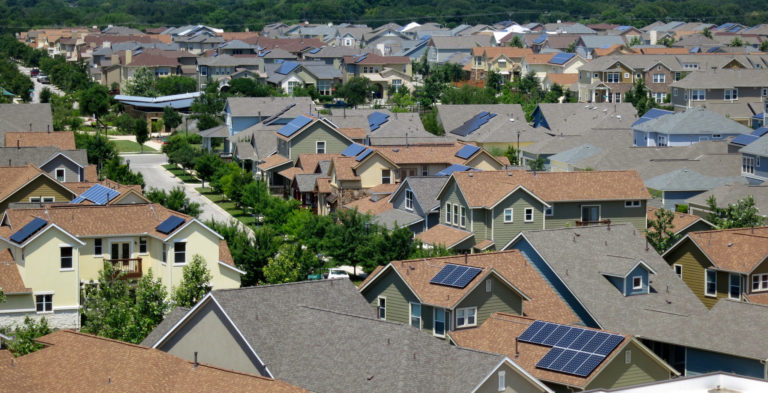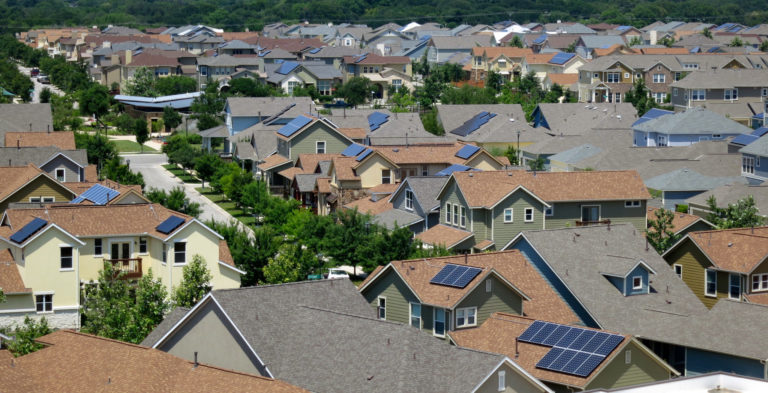January 22, 2016
A new study shows they’re capable of meeting real-world power needs.
January 22, 2016
By Julian Spector
Read the story at The Atlantic CityLab
 Reuters / Yuriko Nakao
Reuters / Yuriko Nakao
The energy grid is changing. Cables laid down years ago have served us well, but they’re struggling to keep up with millions of new customers and their expanding use of electronics. They’re also vulnerable to disruptions, like a natural disaster or a terrorist attack; if the central nodes of a grid get hit, tens of thousands of people could lose power.
Microgrids offer a more local alternative to the traditional grid. By linking up nearby buildings with localized electricity production, these networks gain the ability to function on their own in the event of broader grid failure. If that local generation is from clean sources, like rooftop solar installations, the microgrid could shave carbon emissions while shrinking a neighborhood’s electricity bill.
Microgrids are making inroads into suburban communities and rural, off-grid villages, but before urban planners can convert a whole city to such a system, they need to know whether this promising idea can meet the real-world demands of a dense population. A group of researchers at MIT tested that question and found that microgrids can not only fill that need but also save money for customers.
The study, published last week in the journal Science Advances, modeled what a microgrid would look like for the city of Cambridge, Massachusetts. The study team obtained electricity bills for nearly 4,700 single-family households in Cambridge to map real-world power consumption. They also took data from the Pecan Street research project, a dataset of homes generating their own solar power. By merging these two samples, the scientists modeled what the city would look like with different levels of rooftop solar production.
Then they use sophisticated network theory analysis to test different designs for the microgrids. In the model, the distribution substation of the existing grid flowed into a network of between five and 50 houses, some of which generated power from rooftop photovoltaic panels. From there, the researchers maximized the robustness of the network while minimizing the length of power lines required, which served as a proxy for cost.
At the citywide scale, the microgrids added up to a significant decrease in energy demanded, says Marta González, an author of the paper and associate professor of civil and environmental engineering at MIT. If 20 percent of the houses adopted rooftop solar, they could meet 50 percent of the city’s demand during daylight hours. That’s because the houses generating surplus solar power in the middle of the day—when few people are home and household usage is low—can share that power with their microgrid neighbors. Overall, the city sucks fewer electrons off the conventional grid.
González said the team has already gotten some interest from cities like Toronto and Boston that want to cut their carbon emissions from energy usage. There are several more things to research: the effects of microgrids for businesses and apartment buildings, which were not included in this study; the performance of the system when energy storage is added to the mix; and the cost-benefit analysis of converting a particular city to microgrids. But now they have an initial proof-of-concept that microgrids could work at the city scale.

















